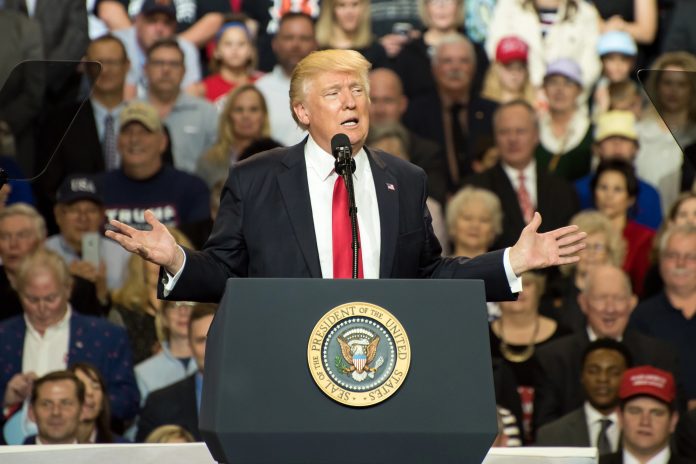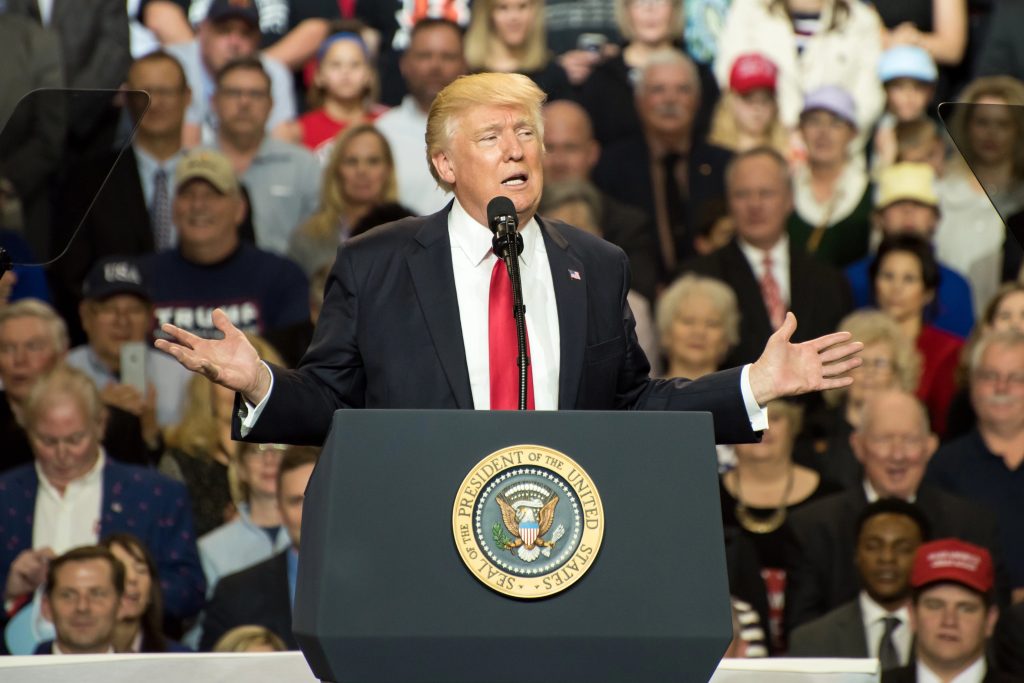
“He is a talker and then he murders everybody during the night.” Donald Trump’s blunt words regarding Vladimir Putin, quoted in The New York Times, reflect a dramatic shift in US-Russia relations as the world watches a new page in the war in Ukraine unfold. The new Washington initiative spreceded by high-ranking visits from NATO Secretary General and the defense minister of Germany are signaling not only a strategic turn, but a shift in the policy of the West towards the war machine of Russia.
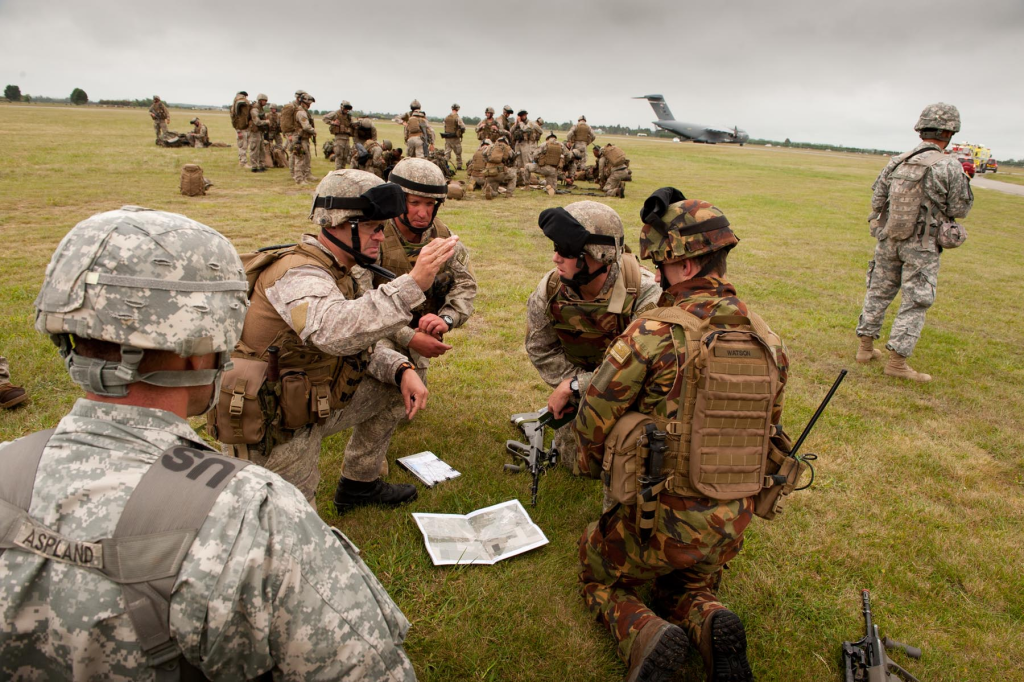
For military strategists and defense policymakers, the coming days pose an unrivaled test of alliance resolve, industrial strength, and sanctions policy. By record-breaking arms shipments, sweeping new sanctions, and the airlift of cutting-edge Patriot missile batteries into Ukraine, stakes have never been higher. These are the most significant and consequential developments that are shaping the battlefield and the world order.
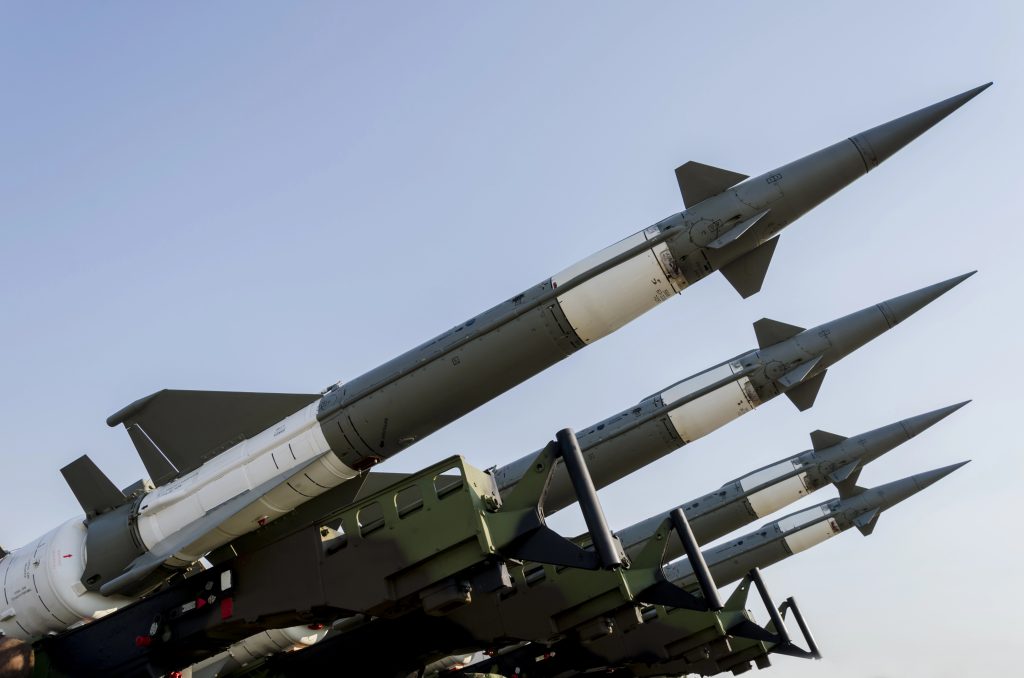
1. Record-Breaking Weapons Pipeline: NATO’s Coordinated Surge
Senator Lindsey Graham’s prediction on CBS’s ‘Face the Nation’that “record numbers of weapons” will flood Ukrainemarks a turning point in allied support. The US, with European allies, is to deliver a surge of military gear in days, as confirmed by President Trump and covered in great detail by AP and The New York Times. The effort is not figurative. It is a statement of consensus among the members of NATO that the size and rate of aid must increase to combat Russia’s renewal of offensive operations. The logistical challenge is huge, but the political message is clear: the alliance is doubling down to protect Ukraine.
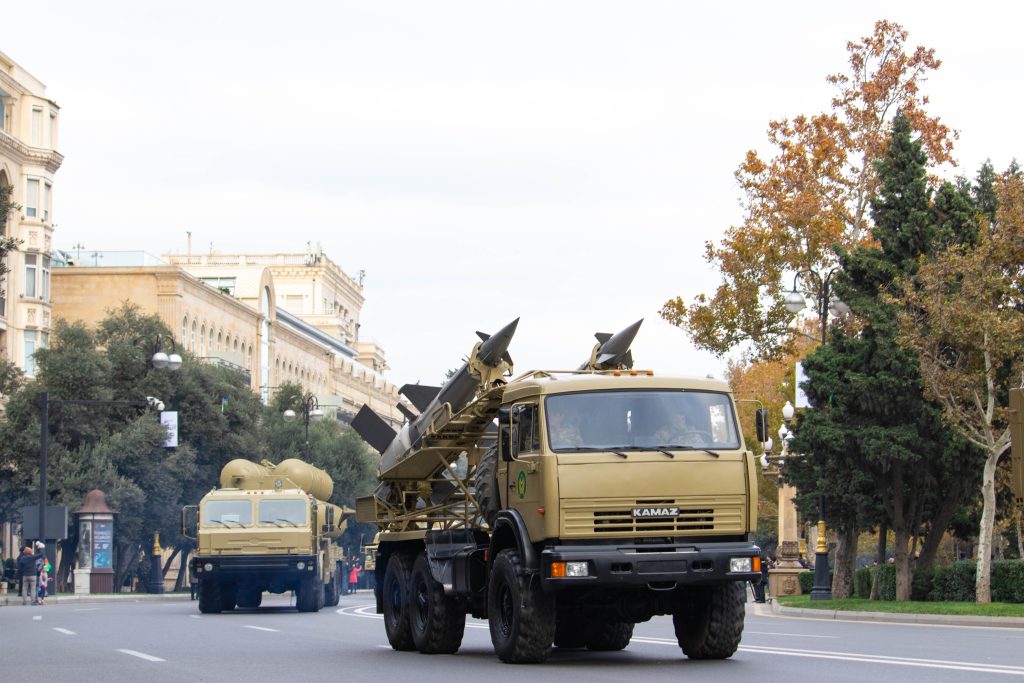
2. Patriot Missiles: Strategic Boost or Limited Shield?
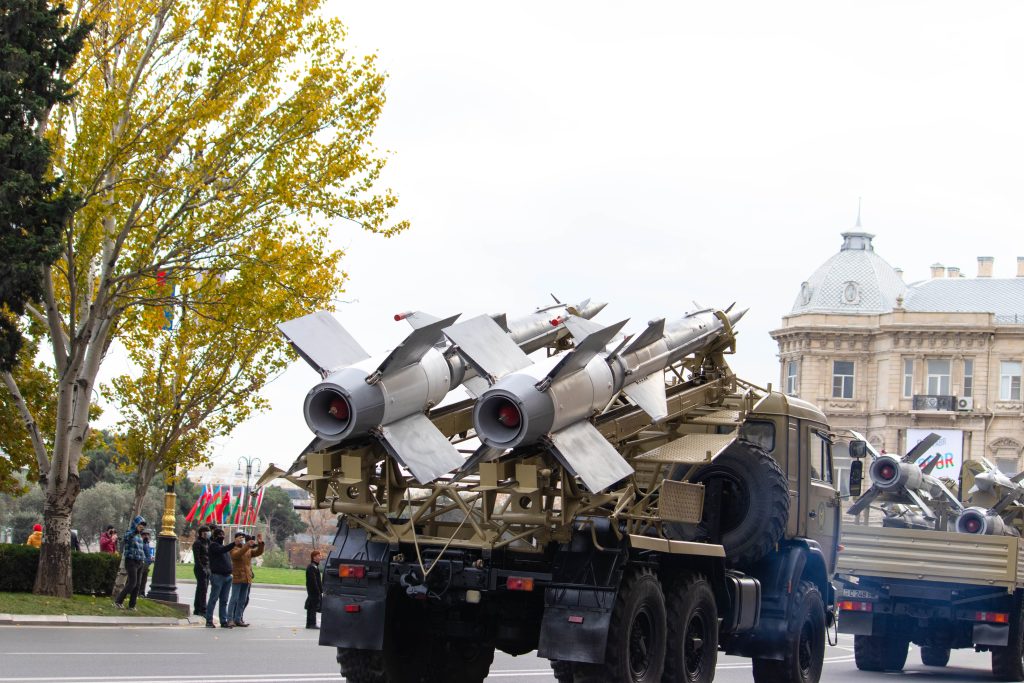
The decision to send additional Patriot missile batteries to Ukraine, funded mostly by European nations, is a robust demonstration of Western resolve. According to CSIS estimates, the Patriot systema system whose acronym stands for Phased Array Tracking Radar for Intercept on Targetis giving Ukraine a much-needed air defense boost, especially against Russian ballistic and hypersonic missiles. But experts caution that one battery covers just a small area and at a hefty price tag: roughly $1.1 billion per battery and missiles (Patriot cost and capabilities). As CSIS’s Mark Cancian puts it, “Patriot will not be a game changer,” but will close critical gaps and send a strong political message. The system’s introduction will be hastened, but effectiveness in operation will finally depend upon Ukrainian operators mastering its advanced technology.
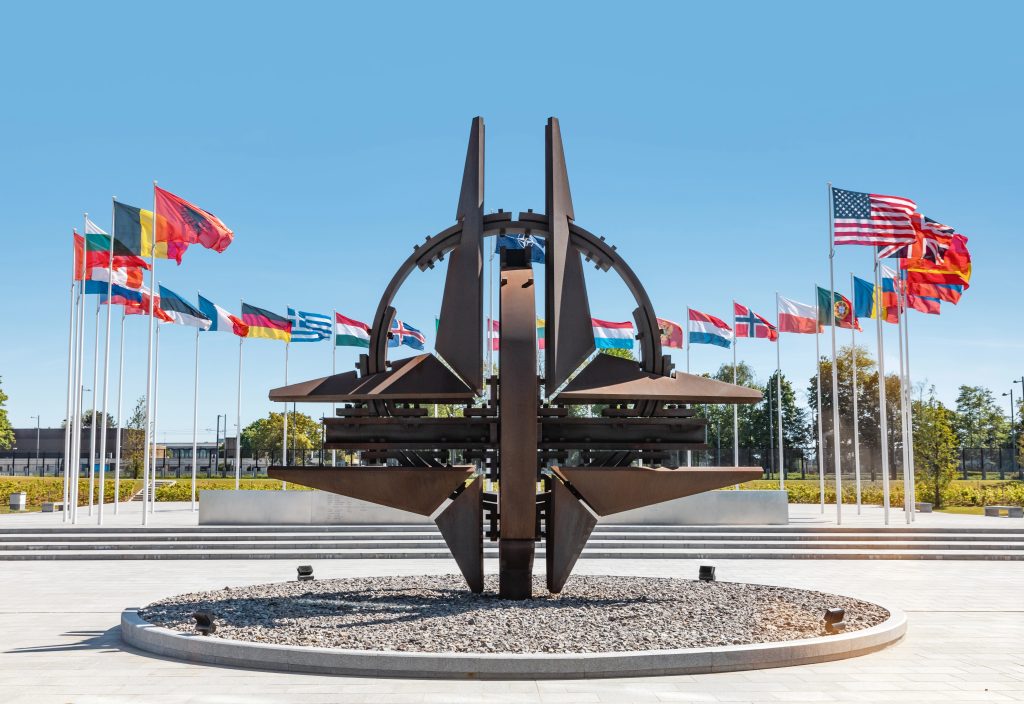
3. Who Pays? NATO’s New Burden-Sharing Formula
Deviating from earlier packages of aid, the recent Patriot shipments will be paid for by individual NATO nations, not by the alliance as a whole or by the EU. President Trump told journalists, “the European Union will pay us 100 percent for them,” but in reality, individual countries are stepping forward Germany pledged to buy two batteries, Norway one (NATO funding agreements). This agreement is a political and industrial fact: Patriot systems are expensive and in limited numbers, and the US is employing its production capacity while recovering some expenses. The shift also marks the beginning of a new transatlantic burden-sharing, with European capitals carrying a larger share of the financial cost of defending Ukraine.
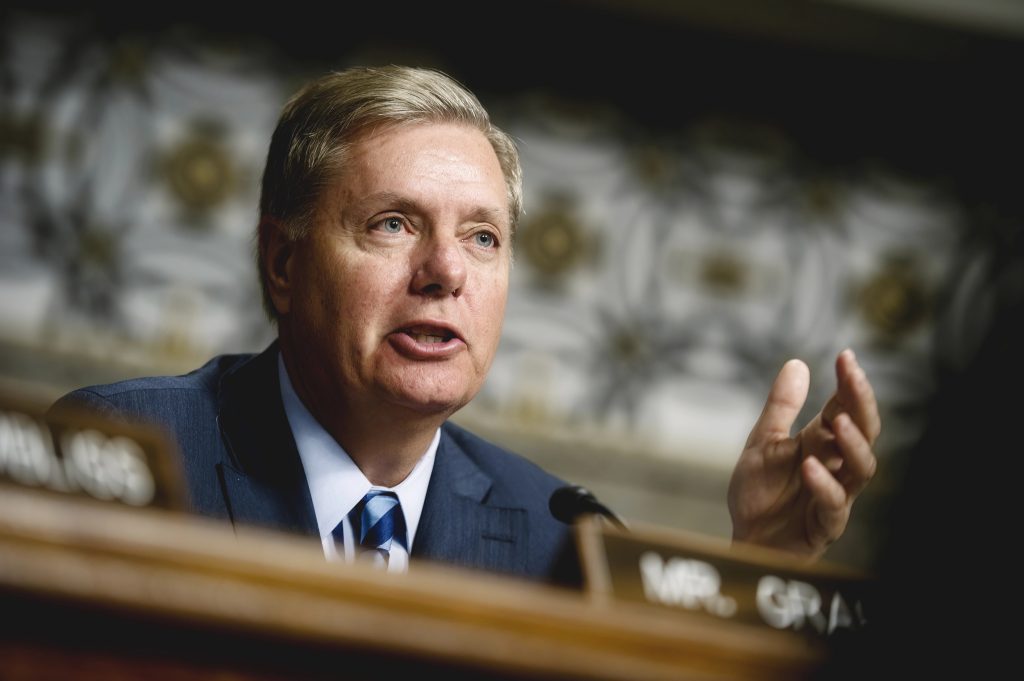
4. The 500% Tariff Threat: Economic Warfare through Sanctions
Senator Graham’s proposed 500% tariff on countries buying Russian energy is among the most extreme proposals put forward. The Sanctioning Russia Act, now broadly popular on both sides of the aisle, seeks to starve the Kremlin war economy by targeting its energy exportsmainly to China and India, representing about 70% of Russia’s energy sales (tariff bill analysis). As EU Commission President Ursula von der Leyen concisely stated, “Pressure works, as the Kremlin understands nothing else.” Experts, however, warn that such tariffs will cause disrupted global supply chains and burden American consumers. India’s foreign minister S. Jaishankar has already shown disappointment, emphasizing national energy security (India’s response).
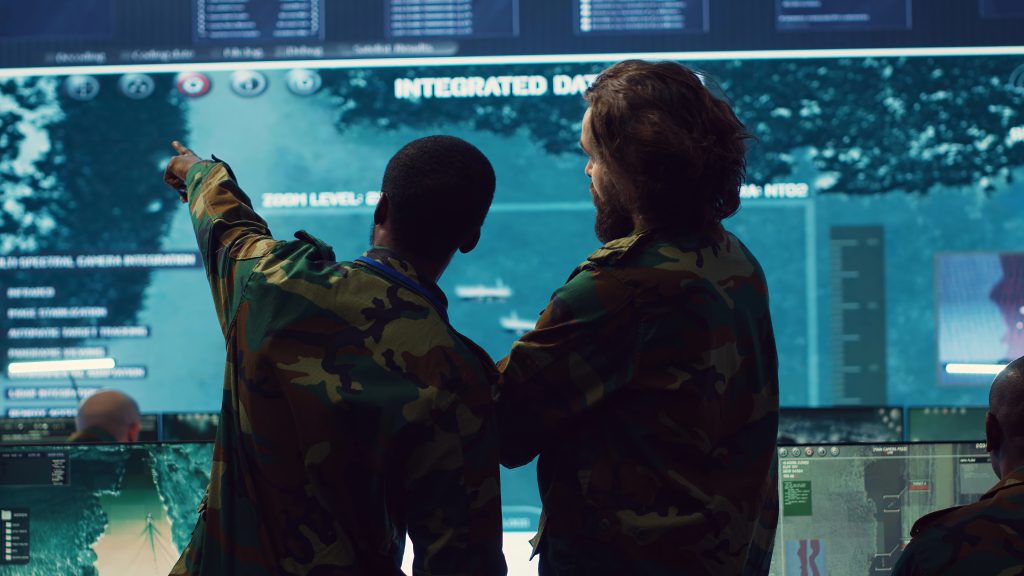
5. Sanctions and Export Controls: Ripple Effects on Supply Chains
The record scale of sanctions and export controls imposed since 2022 has reshaped global supply chains. As the Global Investigations Review defines, the US and its allies have intensified coordination to deny Russia access to top-priority technology and finance markets (sanctions effect). They have pushed businesses to have strong compliance programs and diversify suppliers, as threat of secondary sanctions and retaliatory actions widens. For Russia, the result is a logistical nightmare: crucial military components must be procured through intricately complicated, high-risk supply chains, frequently involving third nations and black market middlemen.

6. Russia’s Military-Industrial Complex: Resilient, but Degraded
Sanctions aside, Russia’s military-industrial complex (OPK) has managed to boost productionby shifting predominantly to mass production of less sophisticated munitions and rebuilding Soviet-era stockpiles. Russia’s exports of arms from 2021 to 2024 fell by 92%, Riddle Russia reported, depriving the OPK of much-needed revenues (OPK analysis). OPK has sustained its war machine through Chinese, Turkish, and Central Asian imports of dual-use products, albeit at higher prices and lower quality. Russian Shahed drones’ actual hit ratio, for instance, is but 3%. As long as Russia can supply its front lines, though, its capacity to produce cutting-edge, high-tech weapons in the future is quickly erodinga situation that both shapes battlefield tactics and postwar options.
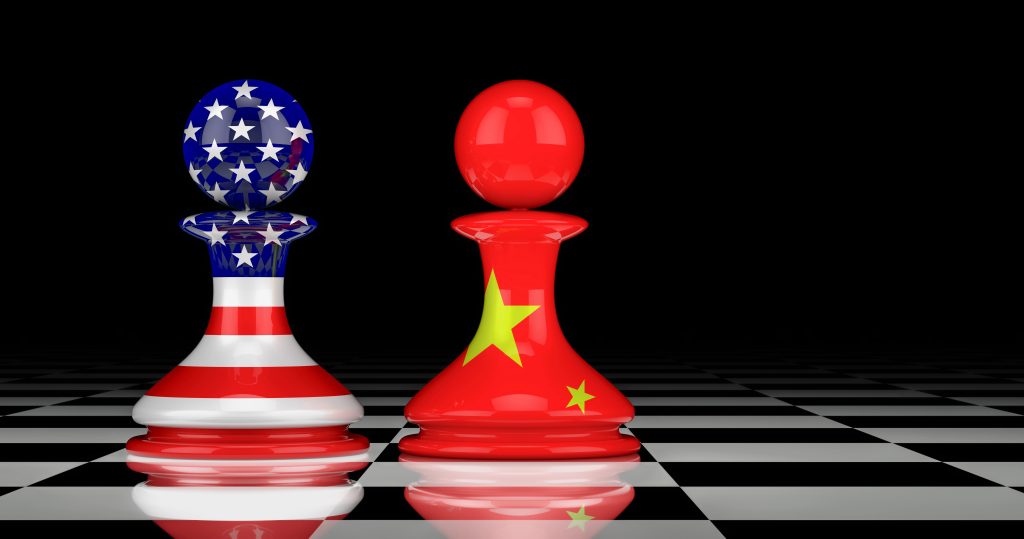
7. The Geopolitical Chessboard: NATO, China, and the Limits of Pressure
The recent moves by the US are as much about sending a message to Beijing and Moscow as they are about helping Kyiv. China remains cautious: it provides up to 90% of Russia’s critical industrial inputs but won’t jeopardize overall trade relations with the West. Meanwhile, America and its allies are redrawing their sanctions enforcement, export control, and diplomatic engagement rulebook. Risk of escalationeconomic or militarystill exists, but so does the threat of strategic overreach. As Senator Jeanne Shaheen has put it, “We need to make Putin understand he needs to cut the crap and come to the table. But we also need to follow through and make it clear we will be hard-nosed.”
The coming days will test not only Western governments’ resolve, but the adaptability of their defence industries and the resilience of international supply chains. While new weapons and tariffs can redefine the near-term dynamic, the longer-haul competitionover technology, alliances, and economic influencewill play out over years. For geopolitics watchers tracking the intersection of defense policy and geopolitics, the 2025 announcements launched a new, more turbulent chapter in the struggle for Ukraine and the global order’s future.
